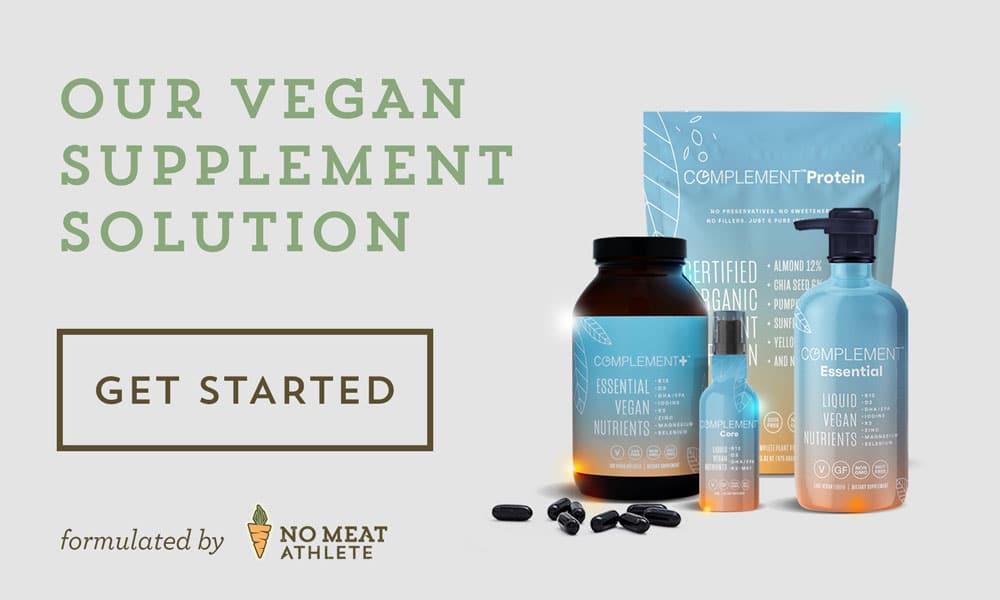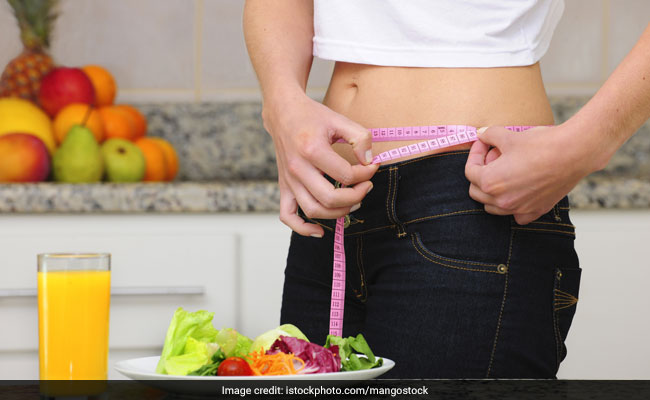
Vegetarians may enjoy natural lactic -set cheeses
The dairy industry is currently working hard to create vegetarian-friendly products. Dairy producers are trying new and innovative ideas to meet the increasing demand for vegetarians and vegans. Producers are now using vegetable rennet which is made from thistle and artichokes as well as fig tree latex to make dairy products more accessible for vegetarians. Vegetarians should also be looking for cheeses without animal products such as lactose free.
Although not all cheeses can be made vegetarian, there are plenty of options. Many are made with non-animal rennet, and some are even labeled as vegetarian. The type of milk used determines the final flavor of cheese. The taste of cow's milk and goat's milk will differ, for example.
Parmesan cheese requires rennet to maintain its texture
Although animal stomachs are most commonly used to make rennet, some fungi can also be used to make it. Typically, rennet is sourced from the stomach of a young calf. Some companies however use plant-based Rennet. The consistency of the cheese's texture is maintained by rennet.

Rennet, an enzyme, aids the cheese to coagulate. It is important in parmesan production because it helps maintain the cheese's smooth texture. However, rennet can cause serious health problems. It can trigger allergic reactions or other serious problems. Parmesan cheese should not be consumed by anyone who is allergic to casein or cow’s milk. However, lacto-vegetarians and vegans alike can still eat it in moderation. It can increase the nutritional content and taste of dishes.
Vegan cheese is distinct from dairy.
A new type of cheese, known as vegan cheese, is quickly making its way into the mainstream. Its texture is almost identical with dairy cheese. Many vegans and lactose intolerant people cannot distinguish the difference. The new vegan mozzarella cheese is readily available at supermarkets and natural foods stores. Tofutti invented the category in decades past, but you can find many other great brands.
The process of producing a cheese without dairy protein is called microbial fermentation. This method is very similar to making dairy cheese. This method uses bacteria cultures to convert whey and other substances into cheese. This allows vegan cheesemakers replicate the taste and texture of dairy-style cheeses.
Kosher cheeses do not contain animal rennet
Many Kosher Kosher cheddars contain animal rennet. This is despite the fact that halachic authorities do require it. While rabbinical supervision may still be required in some cases, adding rennet to the cheese is often done automatically, so a rabbinic representative doesn't need to be present for the entire process. To cover the cost of this laborious process, kosher cheese producers must charge higher prices for kosher hard-cheese.

Rennet is generally considered kosher if it was produced from animals that were raised according to kosher standards. Rennet is tasteless, meaning it does nothing to flavor cheese in a dairy setting. Also, it is crucial to make sure that the cheese does NOT contain gevinus (the term given to star worshipers’ cheese) or alien rennet. Sometimes, non-Jewish cheddar may contain chalav, a form of rennet.
Recombinant rennet is an alternative to animal rennet
Vegans and vegetarians may be interested in alternatives to animal rennet. There is a microbial-derived rennet. It is not derived entirely from animal cells. This product has been genetically modified so that it can be made from chymosin. Although not 100% vegetarian friendly, this product is an excellent vegetarian alternative to animal and rennet.
Vegetable cheese rennet is distinguished by its unique texture and taste. This type of rennet is a delicious culinary alternative to traditional cheeses. Many people also grow their own vegetables for vegetarian cheese.
FAQ
What is the problem in BMI?
BMI stands for Body Mass Index. This is a measure of body fat that is calculated based on height or weight. Here is how to calculate BMI using the following formula.
The weight of a kilogram divided by its squared height in meters.
The result is expressed using a number from 1 to 25. A score of 18.5 indicates that you are overweight and a score of 23 indicates that you are obese.
A person who weighs 100 kg and has a height of 1.75 m will have a BMI of 22.
What are the top 10 healthy habits?
-
Breakfast is a must every day.
-
Don't skip meals.
-
Keep a balanced diet.
-
Get lots of water.
-
Take care your body.
-
Get enough sleep.
-
Avoid junk food.
-
Do some form of exercise daily.
-
Have fun!
-
Make new friends
What is the most healthful lifestyle?
Living a healthy lifestyle is one that encourages you to eat well, exercise regularly, get enough sleep, and avoids stress. You can live a long and healthy lifestyle if these guidelines are followed.
Small changes to your diet or exercise routine can help you start losing weight. Try walking for 30 minutes daily if your goal is to lose weight. If you're looking for a way to increase your activity, consider taking up swimming or dancing. An online fitness program such as Strava or Fitbit that tracks your activity could be a good option.
Is cold a sign of a weak immune response?
Cold weather can cause a decline in your immune system. Your body makes less white blood cell to fight infection. However, being cold also makes you feel better because your body releases endorphins into your brain which reduce pain.
Which diet is best for me?
Your age, gender, body type, and lifestyle choices will all impact the best diet. Also, consider your energy expenditure, your preference for low-calorie food, and whether you enjoy eating fruits or vegetables.
Intermittent Fasting is an alternative to traditional fasting if you are looking to lose weight. Intermittent fasting allows you to consume only specific meals throughout your day rather than three large meals. This may be a better option than traditional diets with daily calorie counts.
Intermittent fasting has been shown to improve insulin sensitivity, reduce inflammation and lower the risk of developing diabetes. Other research suggests that intermittent fasting may promote fat loss and improve overall body composition.
How often do I need to exercise?
It is important to exercise for a healthy lifestyle. However, there's no time limit on how much you should exercise. The key is to find something that you enjoy and to stick with it.
It is a good idea to exercise at least three times per week. Then, you should aim to do between 20 and 30 minutes of moderate-intensity activity. Moderate intensity is when you still have to breathe hard after the workout. This type works out burns around 300 calories.
For those who prefer to walk, you can go for 10-minute walks four times a week. Walking is low impact and easy on your joints.
Jogging for 15 minutes three days a week is a good option if you prefer to run. Running is an excellent way to lose weight and tone your muscles.
Begin slowly if your are new to exercising. Begin by doing 5 minutes of cardio each day, a few times per week. Gradually increase your cardio time until you reach the goal.
Statistics
- WHO recommends reducing saturated fats to less than 10% of total energy intake; reducing trans-fats to less than 1% of total energy intake; and replacing both saturated fats and trans-fats to unsaturated fats. (who.int)
- In both adults and children, the intake of free sugars should be reduced to less than 10% of total energy intake. (who.int)
- nutrients.[17]X Research sourceWhole grains to try include: 100% whole wheat pasta and bread, brown rice, whole grain oats, farro, millet, quinoa, and barley. (wikihow.com)
- This article received 11 testimonials and 86% of readers who voted found it helpful, earning it our reader-approved status. (wikihow.com)
External Links
How To
What does the word "vitamin" mean?
Vitamins are organic compounds naturally found in food. Vitamins help us absorb nutrients from foods we eat. Vitamins cannot be made by the body; they must be taken from food.
There are two types: water-soluble and fat-soluble vitamins. Water soluble vitamins dissolve easily in water. These include vitamin C (thiamine), Vitamin B1 (riboflavin), Vitamin B2 (riboflavin), Vitamin B3 (niacin), Vitamin B6 (pyridoxine), Vitamin C, B1 (thiamine), Vitamin B2 (riboflavin), Vitamin B3 (niacin), and Vitamin B6 (pyridoxine). The liver and fat soluble vitamins are stored in fatty tissue. You can find vitamin D, E K, A and beta carotene as examples.
Vitamins can be classified according to biological activity. There are eight main groups of vitamins.
-
A - essential for normal growth and maintenance of health.
-
C is important for nerve function and energy production.
-
D - Vital for healthy bones and teeth
-
E - required for good vision & reproduction.
-
K - Required for healthy nerves and muscles.
-
P – vital for building strong bones.
-
Q - aids in digestion of iron and iron absorption
-
R – Required for making red blood vessels.
The recommended daily intake (RDA), of vitamins varies with age, gender and physical conditions. RDA values are set by the U.S. Food and Drug Administration (FDA).
For adults over 19 years, the RDA is 400 mg per day for vitamin A. However, pregnant women need 600 micrograms per day because it is important for fetal development. Children ages 1-8 require 900 micrograms per day. For infants younger than one year, 700 micrograms are required daily. However, this number drops to 500 micrograms each day for children aged 9-12 months.
Children ages 1-18years who are obese need 800 micrograms per day while those who are overweight need 1000 micrograms per day and children who are underweight need 1200 micrograms per day to meet their nutritional needs.
Children ages 4-8 years who have been diagnosed with anemia need 2200 micrograms per day of vitamin C.
Adults over 50 years of age need 2000 micrograms per day for general health. Due to their increased nutrient needs, pregnant and breastfeeding women need 3000 micrograms daily.
1500 micrograms are required daily by adults over 70 because they lose approximately 10% of their muscle each decade.
Women who are pregnant and lactating need more nutrients than the RDA. Pregnant mothers need 4000 micrograms per daily during pregnancy and 2500 after giving birth. Breastfeeding mothers require 5000 micrograms daily when breast milk production is occurring.